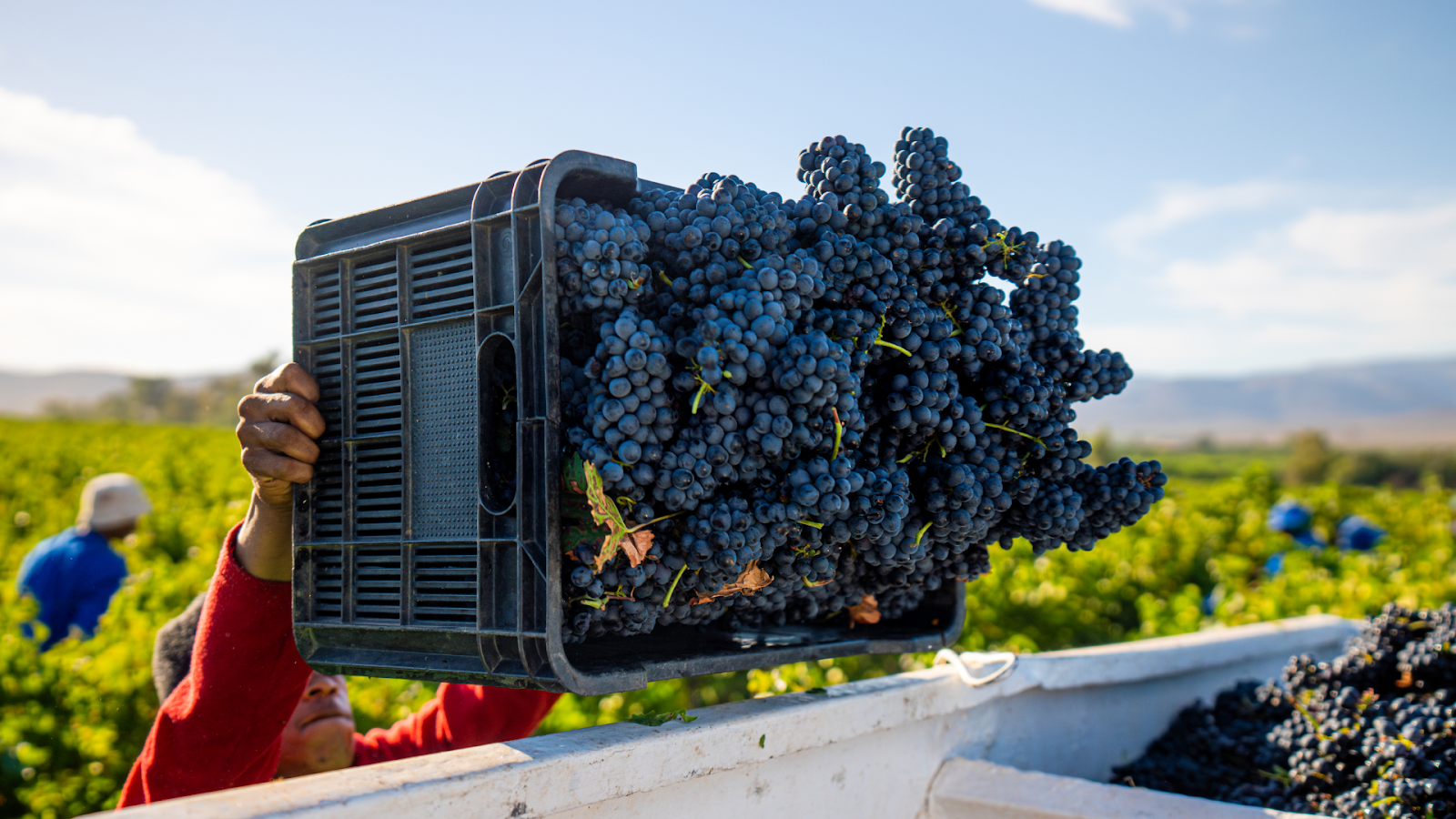Viognier is celebrated for its rich aromatics and bold, fruity flavours, making it a popular choice among white wine lovers. However, many people wonder: Can Viognier be aged? While Viognier is generally enjoyed young to preserve its fresh and vibrant characteristics, certain styles of this wine have the potential to age gracefully. In this blog, we’ll explore whether Viognier can be aged, the factors that determine its ageing potential, and what to expect from an aged bottle of Viognier.
Is Viognier Meant to Be Aged?
For the most part, Viognier is best enjoyed young, typically within 2-3 years of its vintage. This is when the wine’s aromatic intensity and fresh fruit flavours are at their peak. Young Viogniers offer a vibrant profile of peach, apricot, and honeysuckle, with a smooth, medium- to full-bodied texture that makes it a standout among white wines.
However, some Viogniers, particularly those from specific regions or winemaking styles, do have the ability to age gracefully for several years. The key to understanding whether a Viognier can be aged lies in the quality of the wine, winemaking techniques, and the region in which it is produced.
Factors That Affect Viognier's Aging Potential
Region of Production
The best examples of age-worthy Viognier come from premium regions like the Northern Rhône Valley in France, especially from the Condrieu appellation. Viognier from this area is often richer, more complex, and capable of developing additional depth and complexity over time.
In regions like California, Australia, and South Africa, some Viogniers are crafted to be enjoyed young, while others, particularly those produced in cooler climates or from select vineyards, may have aging potential.
Winemaking Techniques
Viogniers that are oak-aged or undergo malolactic fermentation tend to have more structure and depth, which allows them to age better than unoaked versions. Oak aging can introduce additional layers of vanilla, spice, and creaminess to the wine, which can evolve over time.
Wines that are aged on their lees (dead yeast cells) may also develop a richer texture and additional complexity, both of which support longer aging.
Alcohol and Acidity
Viognier typically has low acidity, which is why many Viogniers are best consumed young. Wines with higher acidity tend to age better, as the acidity acts as a natural preservative.
However, Viognier’s relatively high alcohol content (often around 13.5%-15%) can provide the wine with some stability, helping it to mature over time. High alcohol content can balance the wine’s structure and contribute to its aging potential, especially in more premium or oak-aged styles.
Vintage Conditions
The vintage year plays a significant role in a wine’s aging ability. Viogniers from exceptional vintages, where conditions were ideal for grape ripening, are more likely to age well. In cooler years, the grapes may retain more acidity, further supporting aging potential.
How Long Can Viognier Be Aged?
While most Viognier wines are designed for early drinking, high-quality Viogniers can age for up to 5-10 years under the right conditions. Here’s a general guide:
Regular Viognier (unoaked): Best enjoyed within 2-3 years of the vintage. These wines are fresh, fruit-forward, and aromatic, but may lose their vibrant qualities if aged too long.
Oaked or Premium Viognier: Can be aged for 5-10 years, particularly those from regions like Condrieu or wines that have undergone oak aging. As these wines age, they develop richer flavours, with notes of honey, almond, and dried fruits replacing the initial fresh fruit characteristics.
What Happens to Viognier as It Ages?
As Viognier ages, its fresh fruit and floral aromas will gradually soften, giving way to more mature flavours. The wine’s evolution will depend on several factors, but here’s what to expect:
Flavour Profile: Over time, the bright, fresh fruit notes of peach, apricot, and tropical fruits will mellow and develop into more complex flavours such as honey, dried apricot, and almond. Some Viogniers may also take on a slightly nutty or spicy character as they age.
Texture: The wine’s body may become smoother and creamier, particularly if it was oak-aged or aged on its lees. The oily texture of Viognier will become even more pronounced with age, creating a rounder, richer mouthfeel.
Acidity and Freshness: Because Viognier is naturally low in acidity, it may lose some of its initial freshness over time. Aged Viognier may feel softer and less crisp, but the loss of acidity can be offset by the wine’s developing complexity.
How to Store Viognier for Aging
Proper storage is essential for ensuring that Viognier ages gracefully. Follow these storage tips for the best results:
- Temperature: Store Viognier at a consistent temperature of 10-15°C (50-59°F). Fluctuations in temperature can negatively affect the wine’s aging process.
- Humidity: Keep humidity levels around 60-70% to prevent the cork from drying out, which can allow air to enter the bottle and spoil the wine.
- Position: If your Viognier has a cork closure, store it on its side to keep the cork moist and prevent air from entering the bottle.
Is Aged Viognier Worth the Wait?
If you have a high-quality or oak-aged Viognier from a reputable region, ageing it for a few years can lead to a more complex, nuanced wine with deeper flavours and a richer texture. However, the vast majority of Viogniers are best enjoyed young, when their fresh, aromatic qualities are most pronounced.
For wine enthusiasts who enjoy exploring the evolution of wine over time, aging a premium Viognier can be a rewarding experience. But for most casual drinkers, enjoying a young Viognier at its aromatic peak is likely the best choice.
So, Can Viognier Be Aged?
Yes, but it depends on the style and quality of the wine. While most Viogniers are best consumed within a few years of their vintage, premium Viogniers, particularly those that are oak-aged or from renowned regions like Condrieu, can age beautifully for up to 5-10 years.
Over time, aged Viognier develops deeper, more complex flavours, with rich notes of honey and dried fruit replacing its fresh, fruity profile. If you’re looking to age Viognier, choose high-quality bottles and store them properly for the best results.






